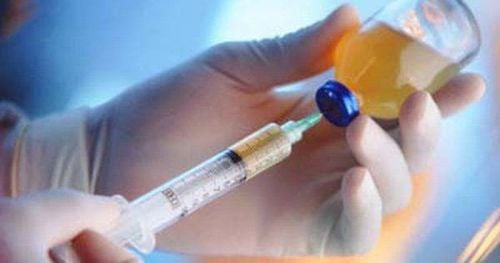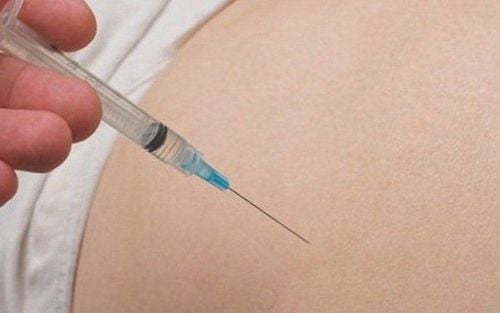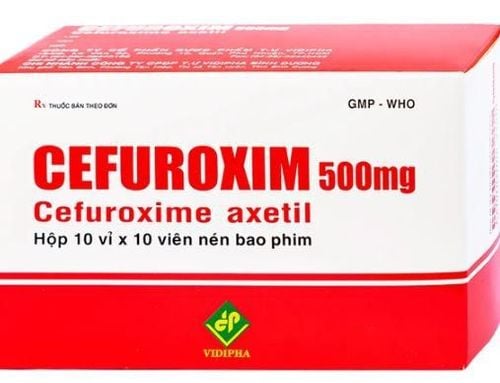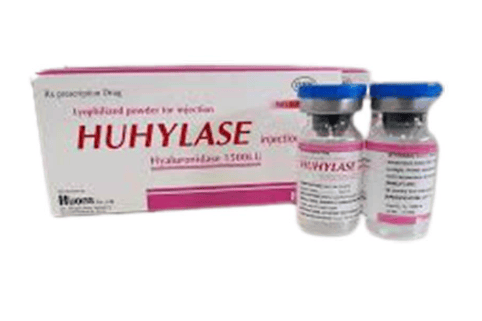This is an automatically translated article.
Intramuscular injection is a way to deliver drugs directly into the patient's muscle. This is the most common method of injection and is easy to perform. Information about the location, method, complications and types of intramuscular injections should be understood to ensure safety and minimize pain for the patient.
1. What is intramuscular injection?
Intramuscular injection is a technique used by medical staff to deliver medicine deep into the muscle through a needle, helping it to be absorbed into the bloodstream quickly. This is a common technique in medicine to deliver drugs and vaccines into the body.
The drug will work faster than the subcutaneous injection technique. Because muscles are perfused with blood and are constantly contracting, drug absorption in the muscle is faster than in the subcutaneous connective tissue.
2. Intramuscular drugs
One of the most important things in patient care is to ensure that the optimal effect of the medication is used and that discomfort or pain is minimized. In medical practice, common intramuscular injections include:
Intramuscular Glucagon. Adrenaline 1: 1000. Benzyl Penicillin. Hydrocortisone. These are intramuscular injections commonly used in emergency situations, which must be handled quickly to save the patient's life. Sometimes, when certain drugs are already present in a metered dose injection, the patient or both the caregiver as well as the person who finds the emergency situation can perform intramuscular injection immediately without delay to waiting for medical staff.
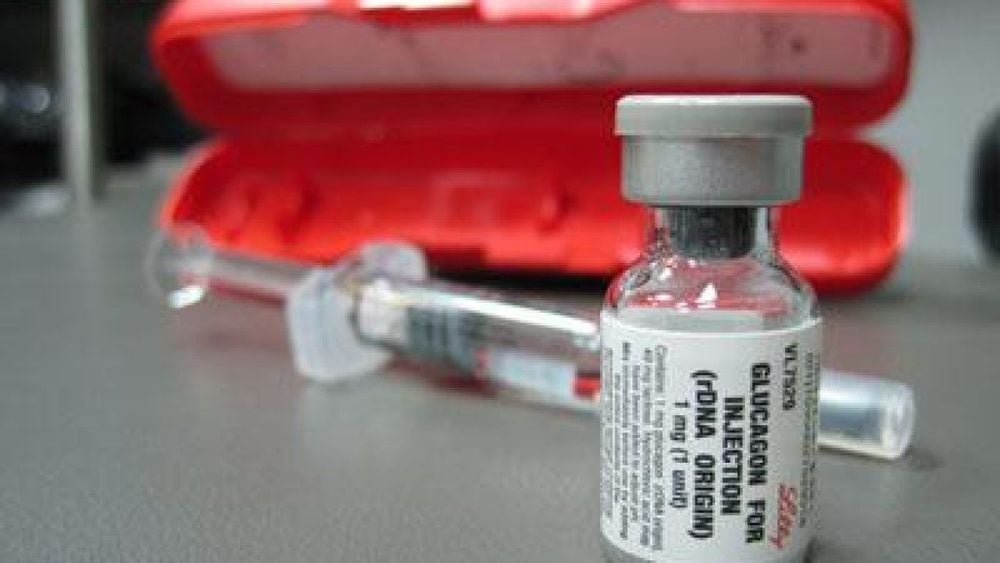
Có một số loại thuốc tiêm bắp thường dùng được trong các tình huống khẩn cấp, phải xử trí nhanh.
3. Intramuscular injection at which position?
Five sites have been identified suitable for intramuscular injection:
The posterior lateral buttock region. Posterior buttock. Delta muscle area. Straight thigh muscle. Outer thigh muscle. All muscle groups in the body have nerves and are supplied with blood, however, the five locations mentioned above are located far from major blood vessels and nerves, making them suitable for performing intramuscular injections. In particular, the anterolateral region of the thigh or upper arm is more commonly used because they are easier to access and allow for rapid absorption of the drug.
4. Clinical indications and contraindications for intramuscular injection
Indications for drugs for intramuscular administration need rapid absorption (10–20 minutes) but long duration of action. At the same time, small volumes of the drug, only 1–5 ml, can be administered intramuscularly. However, in certain circumstances, such as for patients with hypoglycemia, intravenous glucose 10% will be preferred over intramuscular glucagon, due to clinical and situational factors. will need to be considered before a clinical decision is made.
Contraindication to intramuscular injection is performed on sites with signs of edema, inflammation, infection or skin lesions and poor perfusion. At the same time, the patient should be assessed to have a good perfusion background to ensure the drug is absorbed into the muscle.
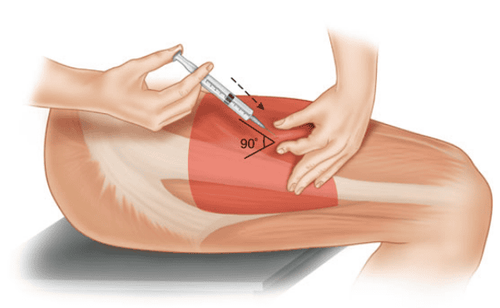
Người bệnh cần có cơ địa tưới máu tốt để đảm bảo thuốc tiêm bắp hấp thu vào trong cơ.
5. How is intramuscular injection performed?
Preparation for intramuscular injection:
Explain the intramuscular injection procedure to the patient and obtain consent for the procedure if the clinical condition permits. Patients must be fully informed of the benefits and consequences of any necessary procedures. Healthcare workers need to be extremely vigilant and reassured because many patients experience needle phobia. Evaluate the site chosen for intramuscular injection based on clinical indication, drug used, patient age and preexisting conditions, and environmental context. Perform drug testing according to the procedure to ensure that the correct drug, dose, and time are used for the patient. Check the patient for a history of allergies. Position the patient to ensure a comfortable and optimal position for the site chosen for intramuscular injection. Expose the selected area of skin and examine it to make sure it is suitable for injection. Steps to take:
Wash your hands and put on gloves. Clean the injection site with 70% isopropyl alcohol and let it dry for 30 seconds. Withdraw the medicine into the syringe. Usually choose 21G or 23G needle. Stretch the skin to the side or use the Z-shaped injection method, holding the skin with the non-dominant hand. Holding the injection perpendicular with the dominant hand, quickly insert the needle into the skin at an angle of 90o to 1⁄2 or 2/3 of the injection. Pull out the plunger slightly to make sure it doesn't hit a blood vessel. If blood is seen, remove the needle and dispose of it in the sharps container. Insert a cotton ball into the injection site; Explain to the patient what happened and then choose a new needle and location to start over. If there is no blood, push the plunger to inject the drug at a rate of 1 ml/10 sec which reduces the sensation of pain. After injection, it is necessary to wait 10 seconds for the drug to be absorbed and diffuse, then withdraw the needle and throw it in the sharps container. Do not rub the wound, as this may cause the medicine to leak out through the injection. Place a gauze pad over the injection site. Write a record of injections according to the instructions, note the name of the drug, the dose given, route of administration, time and detailed information about the patient. Reassess the patient to check for signs of a hypersensitivity reaction such as pain, swelling at the injection site; Severe symptoms are dyspnea , urticaria , swelling of the face , lips and tongue , dizziness and hypotension . In summary, intramuscular injection is the most common and effective infusion method to deliver drugs into the body. However, medical staff also need to constantly improve themselves to constantly improve the quality of injections. In addition, those who need to self-inject or take care of a patient should ask their doctor for advice and guidance, and familiarize themselves with the procedure before injecting. In particular, it is important to recognize and promptly seek medical help if you experience persistent or severe side effects following intramuscular injection.
References: Medicalnewstoday.com, Paramedicpractice.com, Healthline.com




